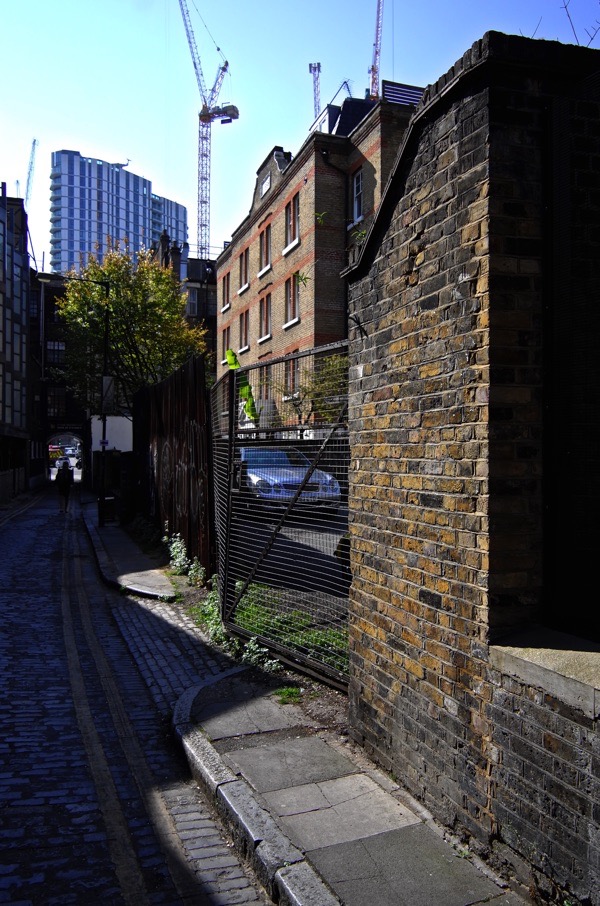
All the years I have been walking through Gunthorpe St, taking a shortcut through the back streets to Spitalfields, I have never had any reason to notice the tall unassuming brick building set back from the street with the date 1886 set in a stucco panel on the top, until current resident Daron Pike wrote to share the intriguing history he had discovered – for this was once ‘Sir George’s Residence for Respectable Girls.’
‘Respectable’ tells it all, distinguishing the residents from those ‘unrespectable’ girls whose presence made Whitechapel a notorious destination for predatory males in the final decades of the nineteenth century. When the Residence was built, Gunthorpe St was known as George Yard,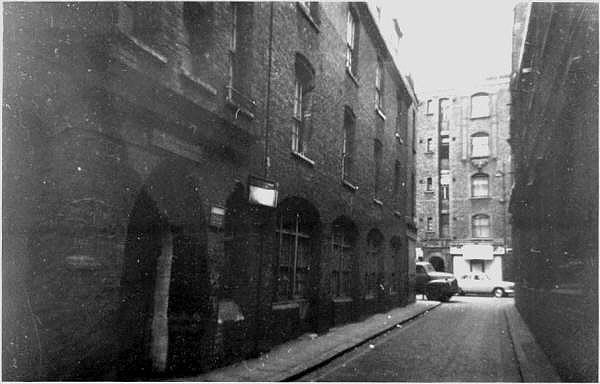 described by the East London Advertiser in 1888 as “one of the most dangerous streets in the locality – a narrow turning out of the High St leads into a number of courts and alleys in which some of the poorest of the poor, together with thieves and roughs and prostitutes, find protection and shelter in the miserable hovels bearing the name of houses.”
described by the East London Advertiser in 1888 as “one of the most dangerous streets in the locality – a narrow turning out of the High St leads into a number of courts and alleys in which some of the poorest of the poor, together with thieves and roughs and prostitutes, find protection and shelter in the miserable hovels bearing the name of houses.”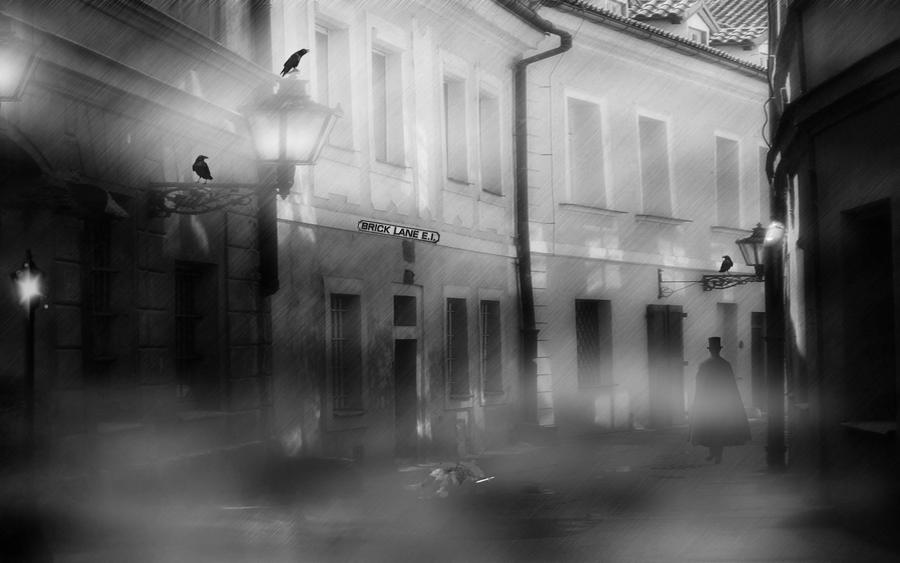
 described by the East London Advertiser in 1888 as “one of the most dangerous streets in the locality – a narrow turning out of the High St leads into a number of courts and alleys in which some of the poorest of the poor, together with thieves and roughs and prostitutes, find protection and shelter in the miserable hovels bearing the name of houses.”
described by the East London Advertiser in 1888 as “one of the most dangerous streets in the locality – a narrow turning out of the High St leads into a number of courts and alleys in which some of the poorest of the poor, together with thieves and roughs and prostitutes, find protection and shelter in the miserable hovels bearing the name of houses.”
Provision merchant turned evangelist, George Holland, founded the George Yard Mission and Ragged School in the eighteen-fifties, winning recognition for his philanthropic work which permitted him to raise the finance for the Residence. “When Mr Holland began his work, George Yard was inhabited by such a desperate class that he often had to be accompanied by two policemen, bricks, flower pots and other missiles being, even then, flung at his head,” wrote the ‘Record of Christian Work’ in October 1885, thirty-five years after George Holland established his Mission, “Now, however anyone may walk through that locality with impunity … the success of this work has mainly been owing to Mr Holland’s untiring soul, three days being the longest holiday he has allowed himself since he first put his hand to the work.”
Yet it was the knife attack upon Emma Smith in George Yard in April 1888 followed by the murder of Martha Tabram close by in August of that year, initiating a spree of violence against women known retrospectively as ‘the Whitechapel Murders,’ which shone a light upon the work of George Holland in the national press. In November 1886, The Times reported on a conference of the Ragged School Union at which “Mr Holland next gave a graphic description of his work in the eastern part of London, remarking that in times past some 50,000 children had passed through his hands and that he now had under his care some 3,000 men, women and children.”
The violent murders of 188* inspired terror among those at the ‘Residence for Respectable Girls’, while also throwing into relief the necessity of the Mission’s project and the Residence, as the Daily News reported in November that year - “Mr. George Holland, whose remarkable work has been going on for so very many years in premises occupying an obscure position in George Yard, Whitechapel – where it will be remembered one of these unfortunate women was found with thirty or forty stabs – says that the sensation has affected his institution very greatly. He has some hundreds of young women connected with his place, and many of them have been afraid to stir out after dark. He is under some anxiety, too, lest ladies who have been wont to come down there on winter evenings to teach and entertain his young people, should be deterred by this latest addition to the evil reputation of Whitechapel.”
George Holland died in 1900 and, by the First World War, the building had ceased to be a home for girls and was in general residential use by a predominantly Jewish population, until the sixties when it was emptied of inhabitants at the time of the slum clearances in the East End. Today it is well kept and back in use as flats. The Mission itself and the Ragged School are long gone, and just the implacable ‘Sir George’s Residence for Respectable Girls’ remains in Gunthorpe St to remind us of his compassionate purpose.
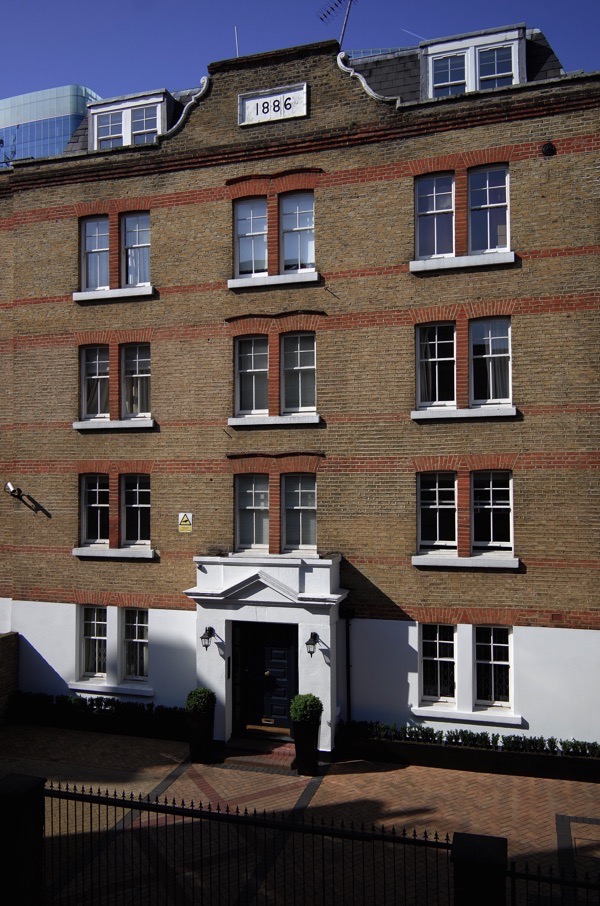
Sir George’s Residence for Respectable Girls
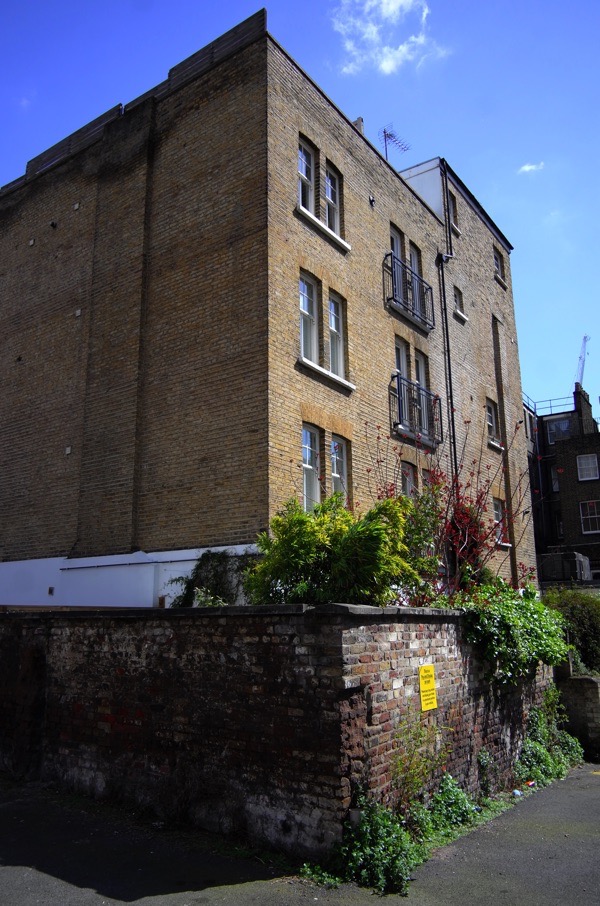
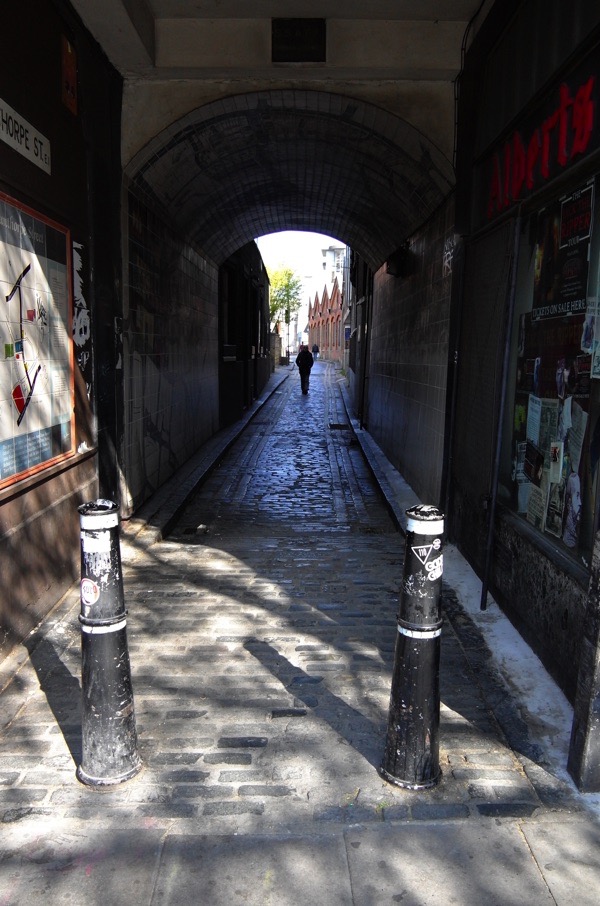
Gunthorpe St
No comments:
Post a Comment